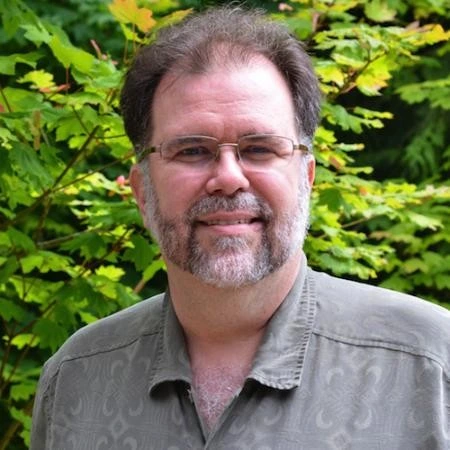Matt Taylor Photo In the late 80’s I met Matt Taylor at a Mac user group event, and we became friends. We eventually became reciprocal apprentices — he learned from me about computers and collaborating online, and I learned from him about facilitating face-to-face collaboration and the architecture of facilitation.
Matt comes from an unusual background — he studied architecture with Frank Lloyd Wright during the master architect’s latter years at Taliesin West. During that period of Wright’s life he was thinking big. He was considering projects like bridges so wide that they could have a city park in the middle of them and he was reassessing the nature of the city.
Matt discovered that a key challenge to implementing these visionary architectures was facilitating a large group of people so that he could gather the different skills required, such as architecture, construction, finance, and political savvy. As an architect, his initial approach to the problem of group genius was to design furniture and spaces for collaboration. However, as his practice grew he also found himself in a “thirty-year sidetrack” of becoming a master facilitator and teaching others to be able to do the same. His organization MG Taylor grew and together they created a number of practices and models for collaboration, and even a “System for a Knowledge Economy” patent.
There is one particular motto that he said to me back then that has stuck with me. It is not one of his great axioms, but a simple statement from an architect and system designer at heart:
“Manage the Environment, not the People.”
I adopted this philosophy and this has been a core axiom of my management philosophy for over 20 years now.
At its simplest level it means that I care deeply about the space that I and the others employed by me work in. This includes such things as natural light & air, plants, low-VOC paint and carpet, ergonomic furniture and tools. For instance Consensus Development, my biggest success, the team had all of this in our work space as well as over 5 linear feet of white wall per person. Thinking about the environment of the work space does not have to be limited to the physical — I design virtual spaces with the same intent as I do the physical.
At a deeper level it means that my job as a manager is to discover what is required for people to be effective and successful, and create an environment and a system for them to be able to do so. This has a secondary result — we don’t blame the individuals when something goes wrong. Often, the true source of the failure is our environment and its core systems (possibly including our hiring system). Yes, sometimes this still did mean we had to let people go, but we didn’t need to personalize it and blame individuals.
At the deepest level it means that looking at the big picture and searching for environmental and systemic issues. As an entrepreneur I recognized early on that online trust was a key system problem that needed to be solved, and knowing this helped me be in right place to make SSL the largest deployed security standard in the world.
Even now as I am increasingly involved in teaching in the green MBA program at Bainbridge Graduate Institute (BGI), I find that my success as an educator is largely due to the same approach. I try to create an environment for learning first — the students will motivate themselves to success through experience and a supportive environment of peers, rather then through rote instruction.
In writing this blog post, I wrote Matt to ask about the origin of this axiom, and this is what he had to say:
“It was Bucky Fuller who said ‘do not try to change people, change the environment which they are in.’ In saying this he meant the physical environment and much more than just that. This had a great impact on my thinking circa the mid 70s.
Frank Lloyd Wright stressed designing environments which sheltered, facilitated and expressed a “way of life.” This was brought home to me by my interactions with many of his clients especially Mrs. Pew.
The idea that an environment, itself can have a transformative effect on someone totally changed my concept of architecture from that as a visual art (which is just technique) to an experiential art which embeds a philosophy of living.”
So as I continue exploration of the nature of work, I offer Buckminster Fuller & Matt Taylor’s thoughts on managing an environment as one of many clues toward a solution to a “way of work”. I’ll share more details on how this philosophy has worked for me in upcoming blog posts, but in the meantime I’d love to hear your thoughts, and any questions that you have about it.
(photos courtesy Matt Taylor)
Life With Alacrity
© Christopher Allen

